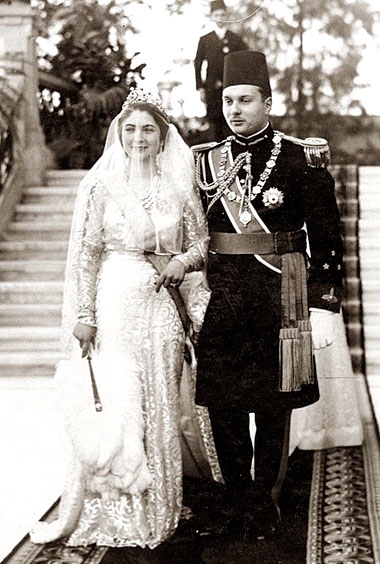
King Farouk and Queen Farida’s love story
King Farouk first met Safinaz (her name means the beautiful one in Turkish) at a palace party. Safinaz’s mother, Zeinab Hanem Sa’id, was one of Queen Nazli’s ladies-in-waiting and a childhood friend. The two girls were neighbours as they grew up in their parents’ mansions in Gianaclis, Alexandria. Queen Nazli was the daughter of Abdel Rehim Pacha Sabri, while Zeinab Hanem was the daughter of Mohamed Said Pasha, Prime Minister from 1910 to 1914.
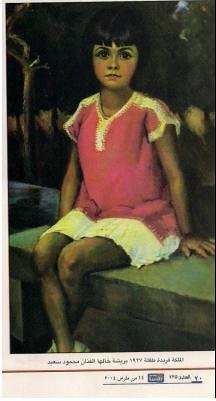 |
| Safinaz at the age of 7, painted by her uncle, renowned painter Mahmoud Sa’id, whose museum is in Gianaclis |
Later in 1936, Safinaz was invited with her mother to join the royal family on their trip to Europe. Farouk was infatuated with Safinaz and asked his mother to extend the invitation. At first, Safinaz’s father refused. His daughter’s final exams were coming up and she needed to study to meet her academic potential. Alas, he was persuaded. With no passports or suitable clothes for Europe’s cold and only a day to departure, the largest stores were specially opened for the mother and daughter to buy what they needed. And off they went. It was in the Swiss Alps that the young king and the aristocratic girl fell in love. Farouk proposed to Farida in London for the first time. But it doesn’t seem like she said yes right away. After a few months between St. Moritz, Vichy, Paris, Marseille and London, the family returned to Egypt.
Shortly after their return, Farouk ascended to the throne. Not too long after that, he proposed to Safinaz again, and this time she said yes. A royal engagement was announced, and Safinaz was 16 years old!
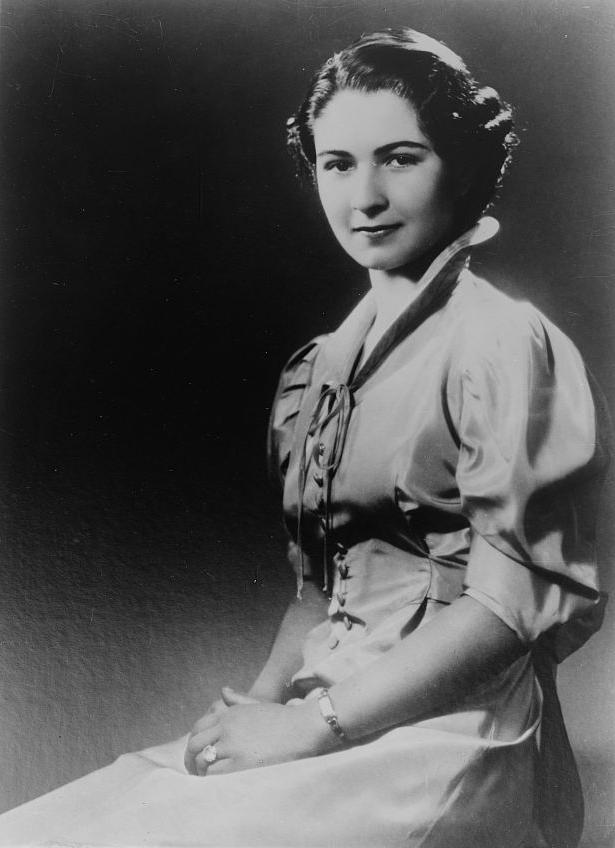 |
|
| The official engagement photo |
Safinaz, who had her name changed to Farida to start with an F, The king’s favourite letter, got her trousseau mostly from the biggest tailors in Cairo and Alexandria, Egypt. Some key pieces were ordered from the houses of Lanvin, Vionnet, Molyneux, and most importantly, Maison Worth.
It’s said that King Farouk chose The House of Worth himself to design his bride’s wedding gown. For over a century, Worth Paris was the most prestigious couturier for European royals. By the late 1930s, the maison that once dressed Empress Elisabeth (Sissi) was on its last leg.
In Royal Egypt, weddings were done differently. The bride did not attend the actual ceremony. Instead, she watches from a different room as her representative (whom she chooses) and her bridegroom undertake the official procedures.
The House of Worth under the direction of Jacques and Roger Worth created a silver lace over satin gown with long sleeves. The skirt was sleek and simple with a soft mermaid cut that must have made the gown much easier to walk in. The gown’s cost was reported to be around 3,000-4,000 dollars.
 |
| The original sketch |
Queen Farida’s wedding dress also featured a slightly gathered bodice and a belted waist. From the waist, cascaded an eight-yard (around 7 and a half meters) train made of silver satin lamé.

T
he veil was made of tulle, edged with the same silver lace as the gown. The blusher part didn’t have the lace edging. the veil was about half a yard longer than the train.
The bride left her family residence in Gianaclis, Alexandria prior to the wedding and stayed at Villa Shammas in Heliopolis, Cairo. King Farouk had rented this beautiful villa for Farida and her family to be close during the preparations of the wedding. This is where these beautiful photos were taken with the bridal party by photographer Alban. The photos were a sensation but also set a new standard as Farida was the first Egyptian queen to pose on her wedding day. This is true as we do not have any photos of Sultana Nazli on her wedding day to Sultan Fuad.

The new Queen of Egypt arrived in Kubbeh Palace accompanied by the King’s aunt, Princess Nemat Mukhtar wearing her gown, Sash of The Order of El-Kamal, a tiara, a pair of earrings, a necklace by Boucheron, a feather fan, and satin heels. (more about the jewelry and trousseau in a coming post) where she was met by the king at the staircase.
They entered to welcome the guests and receive their wishes here we see Queen Nazli, the Queen Mother in a Chanel gown standing beside the king. Both Farida and Nazli were sick before the wedding. The Queen mother placed the order for her and her daughters dresses very last minute.

The couple headed into a tent especially set up for the occasion.
I think the gown was perfect for Farida who was just 16. It wouldn’t have been right if someone as delicate looking as she had worn something heavily embroidered or too flashy, yet the gown is still very glamorous. The silver lace and the lamé train keep it away from being too simple or too understated. A very modern look by the 1930s standards, and yet very demure for an Egyptian Queen.
I think Queen Farida’s gown perfectly presented and represented her. It’s sleek, chic, effortless but grand with the long train. The silver lace makes this luxurious but the simple silhouette was both emblematic of the period and also of the wave of educated, empowered upper-class women whom Queen Farida was one of.

Queen Farida posing on her wedding day at Villa Shammas
What do you think of this Worth Paris creation for Queen Farida in 1938? do you think a similar gown can be worn nowadays by a royal bride?
Photos: Max Karkegi, Ahmed Kamel, and other Flickr accounts

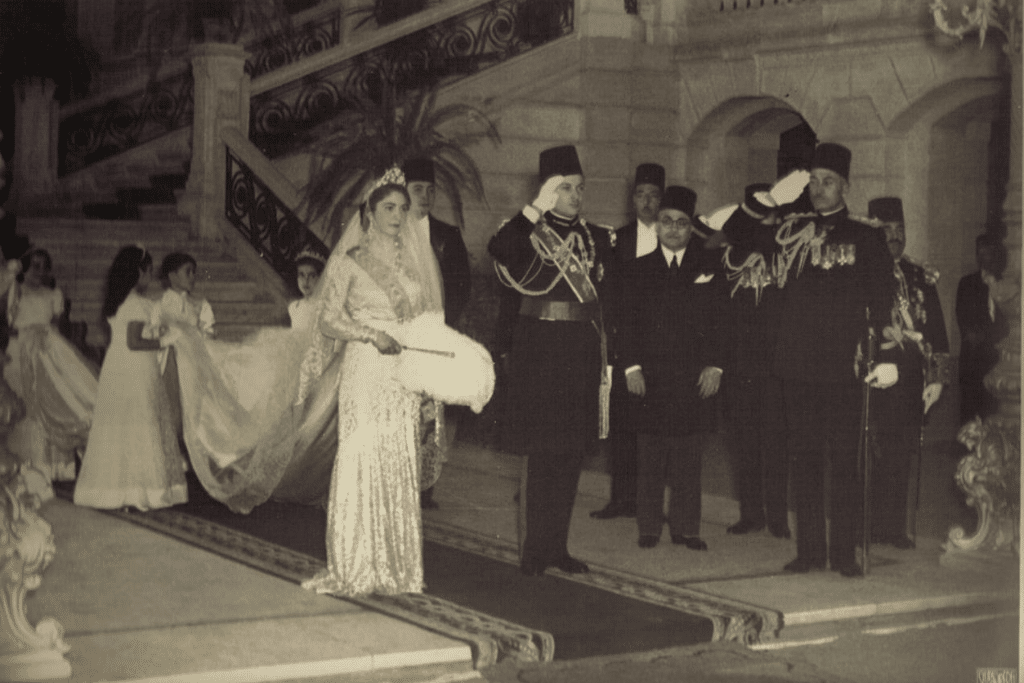




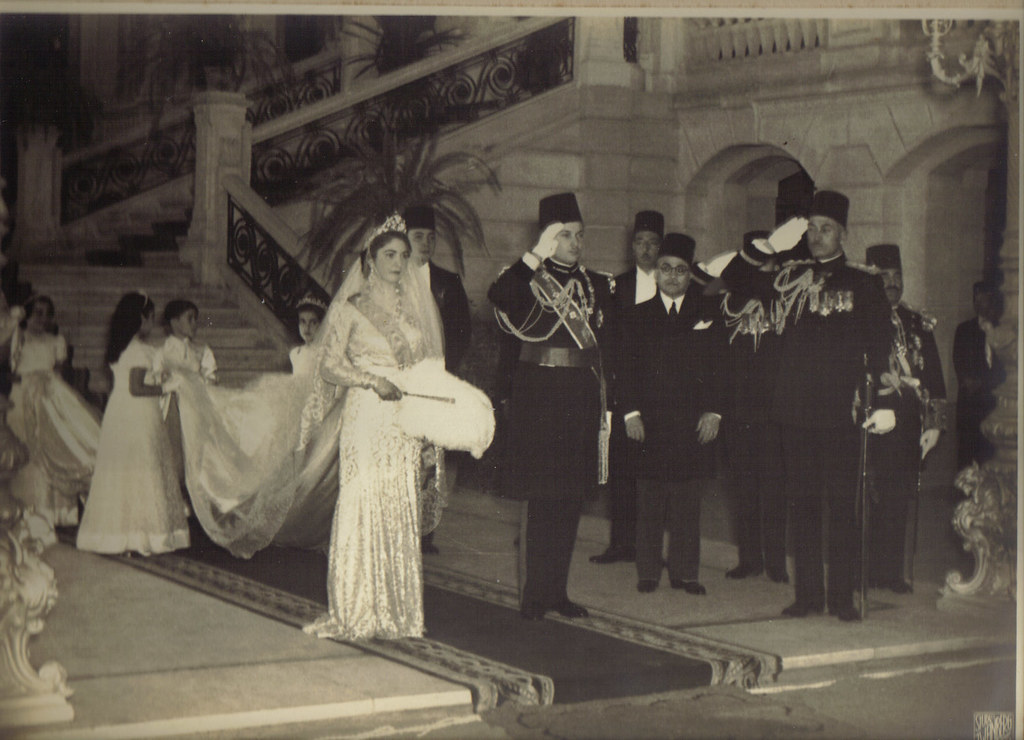

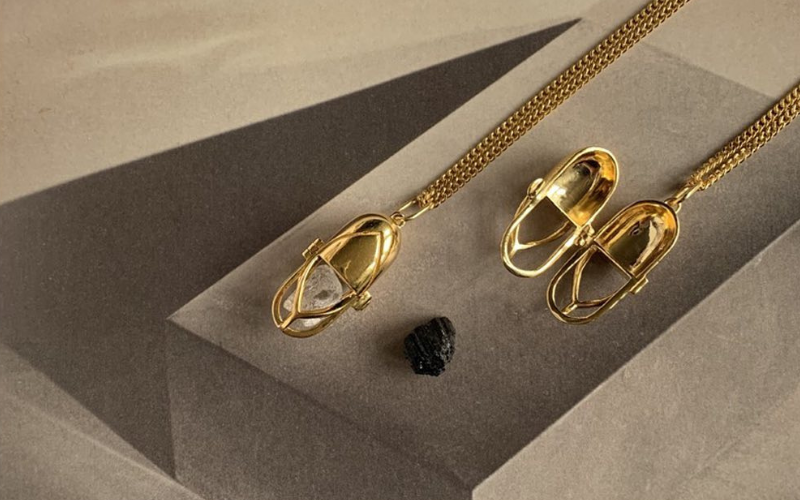



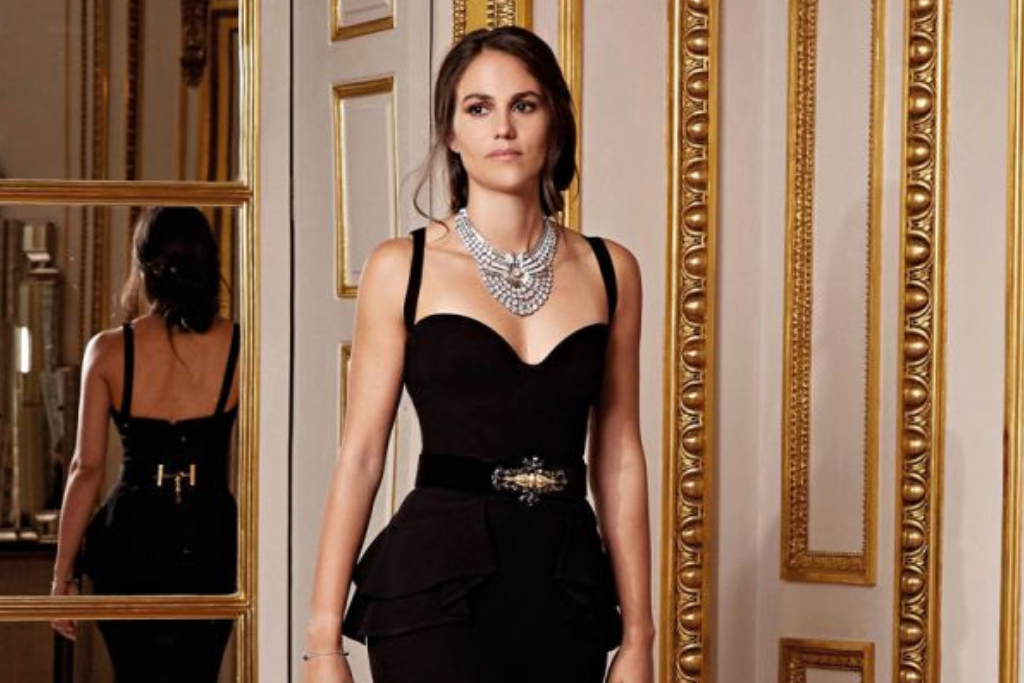
That gown is gorgeous! I love the idea of the silver color, too.
At first, I thought "there is no way that woman is 16 and her husband 17" they just looked much older to me…. until I scrolled down and looked at all the photos! They were practically babies! I'm looking forward to your post about the jewels.
Love your post!
It's very complete and you showed us a little about the Egyptian uses for a wedding.
The gown was perfect!
It's right for the age of the Queen and for the time, the 30s.
I think it was a good choice made by TTMM.
I'll wait about the other posts… jewels, Egyptian weddings, and all the other secrets!
By the way, congrats for the original sketch of the gown, good work!
Oh, and could I ask for this kind of post, but with the wedding gown of Princess Fawzia of Egypt with the late Sha of Iran?, plase!!!!!!!
Here's a post about Princess Fawzia. http://theroyalcouturier.blogspot.com/2012/11/the-royal-tidbits-princess-fawzia.html
Post regarding the wedding soon :)
Farida was a tasteful queen she was truly classy and the people of Egypt and Sudan loved her I truly admire the gown and I find it more fashionable than some royal gowns these days.